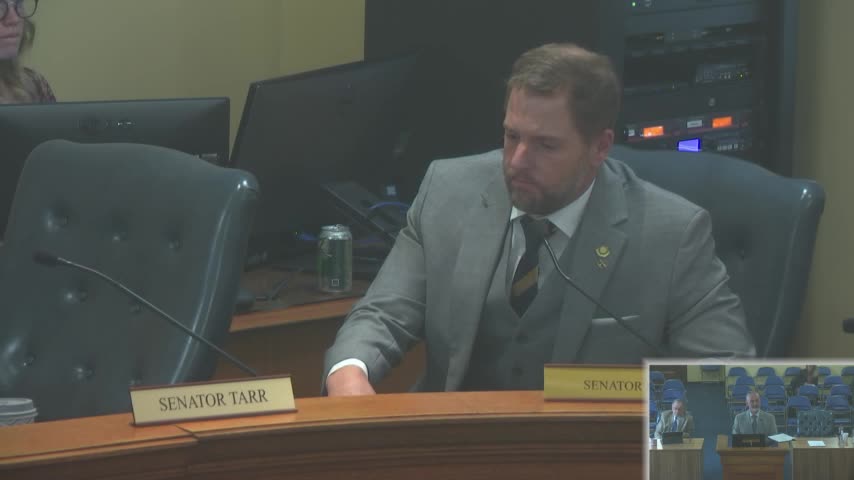West Virginia invests $12.5M in fish hatchery upgrades to boost trout production
February 19, 2025 | 2025 Legislature WV, West Virginia
This article was created by AI summarizing key points discussed. AI makes mistakes, so for full details and context, please refer to the video of the full meeting. Please report any errors so we can fix them. Report an error »

In a session filled with discussions on environmental stewardship and economic development, the West Virginia Senate Natural Resources Committee convened on February 19, 2025, to address significant updates in the state's fishery and wildlife programs. The meeting highlighted a recent $12.5 million investment aimed at enhancing the Bowden hatchery, which has resulted in a substantial increase in fish production—estimated at an additional 150,000 to 250,000 pounds of fish annually.
The hatchery's upgrades focused on improving the oxygen levels in the water, a critical factor for fish health and growth. Committee members expressed optimism about the potential for further increases in production as additional renovations are planned for other facilities in the state. The funding for these improvements came entirely from special revenue sources, underscoring a commitment to sustainable fisheries without relying on general state revenue.
A notable initiative discussed was a pilot program launched in Webster County, designed to boost local economies through increased trout stocking. This program has reportedly led to a rise in fishing activity, attracting both local and out-of-state anglers, which in turn benefits local businesses such as bed and breakfasts. The committee members expressed a desire to expand this successful program, particularly during the fall season when fishing opportunities coincide with hunting activities.
The meeting also touched on the state's elk program, which has seen a recent shipment of elk, raising the population to between 120 and 140. While the program has faced challenges, including concerns over chronic wasting disease (CWD), there is hope for future growth and the eventual introduction of hunting permits once the population stabilizes.
Additionally, discussions included the need for infrastructure improvements at Canaan Valley ski resort, where past appropriations have not fully addressed the necessary upgrades. The committee emphasized the importance of investing in this area to enhance its competitiveness with neighboring resorts.
As the meeting concluded, the committee members reflected on the interconnectedness of wildlife management, tourism, and local economies, reinforcing their commitment to fostering a thriving natural resources sector in West Virginia. The outcomes of these discussions will likely shape future policies and funding requests aimed at preserving the state's rich natural heritage while promoting economic growth.
The hatchery's upgrades focused on improving the oxygen levels in the water, a critical factor for fish health and growth. Committee members expressed optimism about the potential for further increases in production as additional renovations are planned for other facilities in the state. The funding for these improvements came entirely from special revenue sources, underscoring a commitment to sustainable fisheries without relying on general state revenue.
A notable initiative discussed was a pilot program launched in Webster County, designed to boost local economies through increased trout stocking. This program has reportedly led to a rise in fishing activity, attracting both local and out-of-state anglers, which in turn benefits local businesses such as bed and breakfasts. The committee members expressed a desire to expand this successful program, particularly during the fall season when fishing opportunities coincide with hunting activities.
The meeting also touched on the state's elk program, which has seen a recent shipment of elk, raising the population to between 120 and 140. While the program has faced challenges, including concerns over chronic wasting disease (CWD), there is hope for future growth and the eventual introduction of hunting permits once the population stabilizes.
Additionally, discussions included the need for infrastructure improvements at Canaan Valley ski resort, where past appropriations have not fully addressed the necessary upgrades. The committee emphasized the importance of investing in this area to enhance its competitiveness with neighboring resorts.
As the meeting concluded, the committee members reflected on the interconnectedness of wildlife management, tourism, and local economies, reinforcing their commitment to fostering a thriving natural resources sector in West Virginia. The outcomes of these discussions will likely shape future policies and funding requests aimed at preserving the state's rich natural heritage while promoting economic growth.
View full meeting
This article is based on a recent meeting—watch the full video and explore the complete transcript for deeper insights into the discussion.
View full meeting